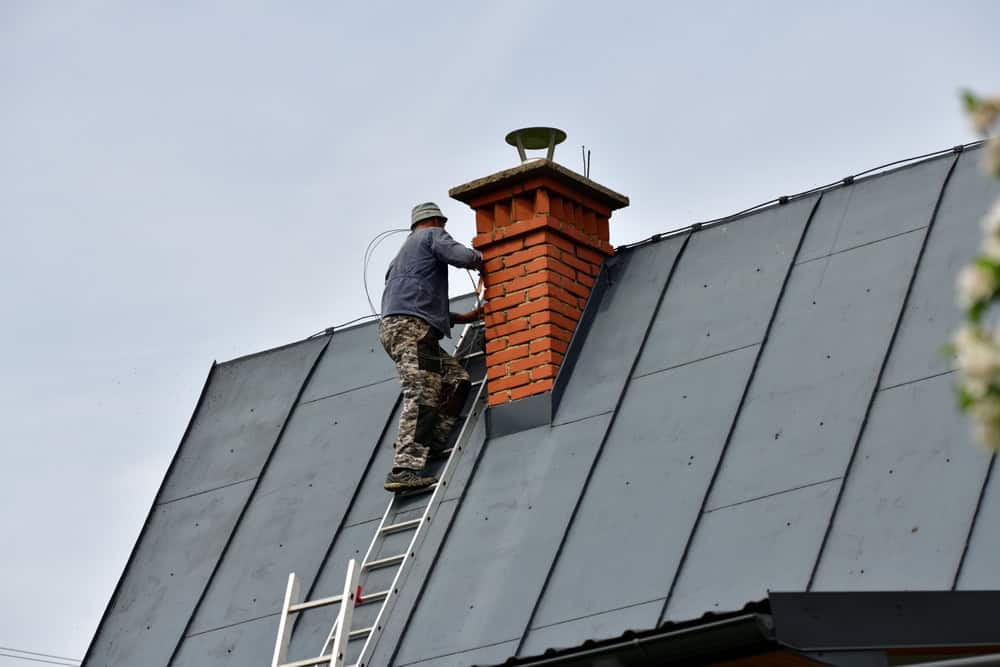CSI certified technicians with 20+ years experience installing stainless steel chimney liners that protect your home and family.

Hear from Our Customers

Your chimney liner isn’t just a pipe. It’s the barrier between dangerous combustion gases and your home’s structure. When it’s installed correctly, you sleep better knowing carbon monoxide stays where it belongs – outside your living space.
A properly installed stainless steel chimney liner improves your fireplace’s efficiency. You’ll notice better draft, cleaner burns, and less smoke entering your room. Your heating bills drop because the system works the way it’s supposed to.
Most importantly, you’re protecting your biggest investment. A failed liner can cause thousands in structural damage when acidic gases eat through masonry. Professional installation prevents that expensive nightmare from ever happening.
We’ve been installing chimney liners in Rhode Island since 2000. Same team, same commitment to doing the job right the first time. Our technicians are CSI certified, which means they understand the science behind proper chimney function, not just the mechanics.
You won’t find us cutting corners or using substandard materials. We’ve seen too many homeowners dealing with problems caused by cheap installations. That’s why we stick to stainless steel liners and proven installation methods.
When you call us, you’re working with professionals who’ve handled every type of chimney system Rhode Island homes can throw at us. Coastal humidity, old masonry, unusual configurations – we’ve solved it all.

We start with a thorough inspection of your existing chimney structure. This isn’t a quick glance – we’re checking the condition of your masonry, measuring dimensions, and identifying any issues that need addressing before liner installation.
Next, we remove the old liner if one exists and prepare the chimney for the new stainless steel system. We take measurements for a custom fit because generic sizes don’t work when you’re dealing with older Rhode Island homes and their unique chimney configurations.
Installation day involves carefully lowering the new liner down your chimney and securing it properly at both ends. We connect it to your appliance, seal all joints, and test the system to ensure proper draft and function. You get a system that’s ready to work safely for decades.

Ready to get started?
Every chimney liner installation includes a complete system – not just the liner itself. You get the stainless steel liner sized specifically for your chimney, all necessary connectors and fittings, proper insulation where required, and a top-quality cap to keep weather and animals out.
We handle all the details that matter. Permits, if required by local code. Cleanup of any debris from the installation process. Testing to ensure your system drafts properly and operates safely. You’re not left wondering if something was missed.
Rhode Island’s coastal environment is tough on chimney systems. That’s why we only install corrosion-resistant stainless steel liners that can handle the humidity and salt air. Cheaper materials might save money upfront, but they’ll cost you more when they fail in a few years.
